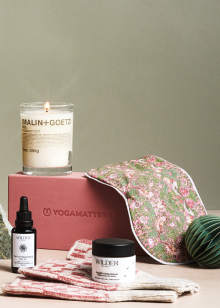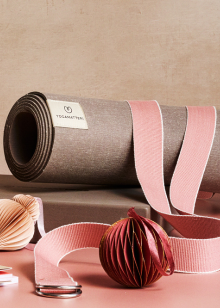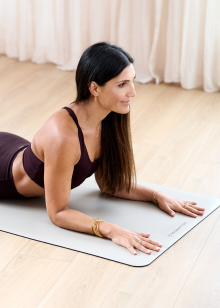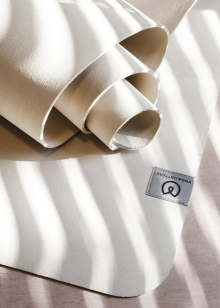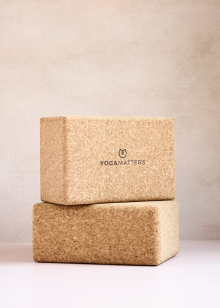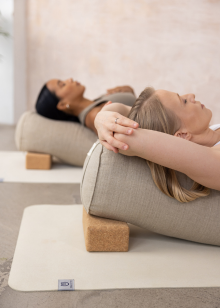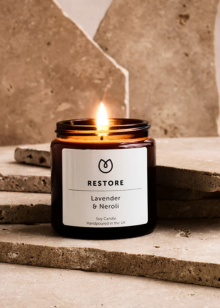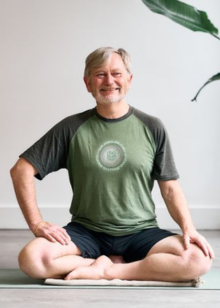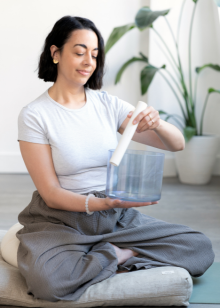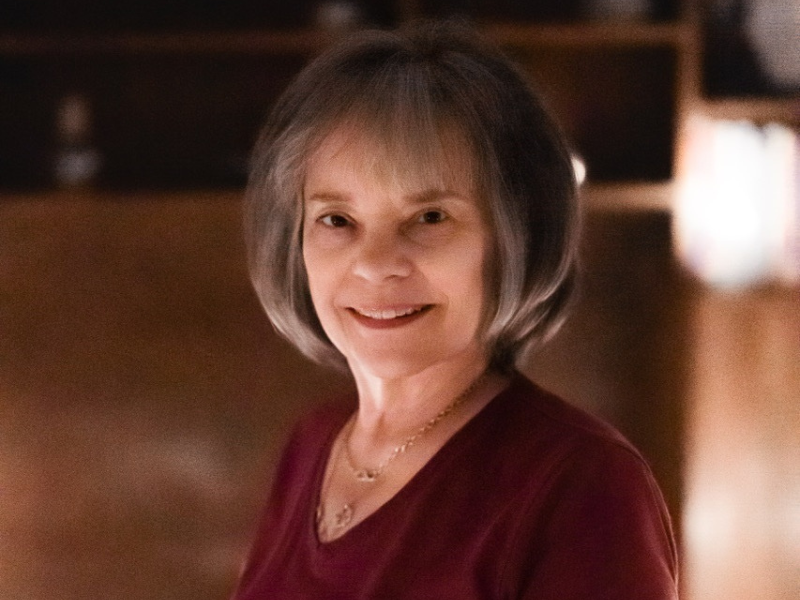Judith Hanson Lasater has been a leading pioneer in the development of yoga in the United States since the 1970’s. A founder of the Yoga Journal, and president emeritus of the California Yoga Teachers Association, she is a physical therapist and has a PhD in East-West Psychology.
Judith has authored eleven books, including influential resources about Restorative Yoga – ‘Relax and Renew: Restful Yoga for Stressful Times’ and ‘Restore and Rebalance: Yoga for Deep Relaxation’.
She is well-known as the leading international authority on Restorative Yoga. In addition to her popular online courses, led with her daughter Lizzie Lasater, she inspires students with a few in-person teaching workshops and retreats in the US.
In May 2023 Judith will be travelling to London to teach her popular Restorative Yoga intensive, Relax & Renew: How to teach Restorative Yoga, Level 1, hosted by Yogacampus.
Let’s begin at the beginning. How did you begin your study and practice of yoga?
Judith Hanson Lasater: In 1970, I was working part-time at a local student YM-YWCA near the University of Texas while writing my Master’s thesis, and was able to take yoga at the Y. I had some arthritic-like symptoms and thought yoga might help me get back to dancing. By the end of my first class, I had fallen madly in love with yoga. For me, finding yoga was like coming home to myself. Within a few months of practicing yoga and becoming a vegetarian, all my arthritic symptoms went away.
I started teaching in 1971. Later, along with getting a Ph.D. in East-West Philosophy, I became a physical therapist to help me to become a better teacher. I read everything about yoga philosophy I could find.
In 1974, I met B.K.S. Iyengar and became a long-time student. Of great appeal to me was his emphasis on clarity and alignment, and his lectures that we can find divinity in the moment and embody it.
Has Restorative Yoga been your main practice since the start?
Judith Hanson Lasater: No, at the end of my very first class during Savasana I was thinking, “Why are we lying here wasting all this time? We could be doing things!”
Gradually, life and loss will add to your perspective. My twin brother died on our 45th birthday and for a year after that I really could not get excited about handstands in the center of the room. Or even standing poses. All I could do were supported poses. I experienced the incredible benefit of Restorative yoga at a time when I most needed it.
I taught my first Restorative Yoga Teacher Training in the late summer of 2001, and subsequently decided to write a book about it (Relax and Renew).
Having taught Restorative Yoga workshops for over twenty years, why do you think it is gaining in popularity?
Judith Hanson Lasater: People are tired! Plus, our relationship to time is a big theme in our modern lives. I ask people to describe “time” in their lives. Everyone says there’s not enough, not enough for yoga, for meditation, for living a spacious life. Obviously, all people in the world have resources in an uneven or unequal way: money, education, water, food. But everyone in the world has the same amount of time in a day. When we say there’s not enough time, we act as if time is the problem. Actually, the problem with time is what we choose to do or not do with it.
In the course, I talk about changing our thoughts and speech about time. And to notice that when we do “relax”, we tend to mistake exhaustion for relaxation, and busy-ness for meaning.
Relaxation is a dynamic state that facilitates radical presence. You cannot be both anxious and relaxed. If you are anxious, you’re thinking about the future, and you are not present.
How does Restorative Yoga help?
Judith Hanson Lasater: Everything is better when you are rested. One thing being tired, depleted, and stressed does is it narrows our perspective. It is so uncomfortable to be in our body and in our mind in those moments, and so when we are caught up with our own discomfort, we have blinders on to everyone else’s. We are not generous of spirit in that moment. We have no energy to do for others, or to do for ourselves. What we need to do is notice that state, and to understand its causes and conditions, and then take one small step towards resting. Say this to yourself: “Today I am going to rest for 5 minutes when I feel tired”. Every step, every change is always small, but eventually all these small changes are huge.
How do you embody your teaching of yoga in your own life?
Judith Hanson Lasater: I try to remember that there’s an important integrity that comes with teaching. It is a huge responsibility and a humbling privilege to teach people yoga, because our first job as teachers is to reflect back to our students their inner goodness and inherent divinity.
In order to do that, I must practice myself. Practicing opens the door of connection between you and every person who’s taught yoga.
Follow your nature. The practice is about uncovering your own pose; we have great respect for our teachers, but unless we can uncover our own pose in the moment, it’s not practice—it’s mimicry. Rest deeply in Savasana every day. Always enter the pratyahara (introverted state) every day. And just enjoy yourself.
For many years I mistook ambition for discipline. Now I believe discipline to be more about consistency. Do get on the mat. Practice and life are not that different. That is a fundamental understanding. I don’t do my life any differently from what I do on the mat.
Join Judith for ‘Relax & Renew: How to teach Restorative Yoga, Level 1, from the 21st-25th May 2023 at the Hellenic Centre, Marylebone, London, hosted by Yogacampus.
